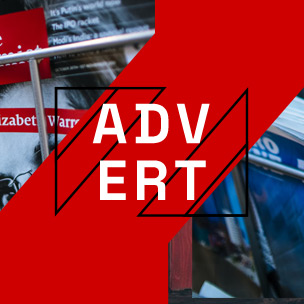At your nonprofit, you rely on donations to keep up your outreach programs. Whether you run a food bank, women’s shelter, or youth mentorship program, donors are your key to meeting your clients’ needs. To keep track of who’s given money so far and who’s likely to give again, you need a reliable and detailed donor database. Here’s how to improve your old one in five simple steps.
Eliminate Inaccurate Donor Profiles
Examine all your information about donors and see if any of it is inaccurate. Have any of your donors moved or gotten new email addresses? Have they changed career paths or taken new names? Delete all inaccurate information in your database so that you don’t accidentally send a message to the wrong location or address a donor by the wrong name.
To engage in nonprofit data management best practices, send your donors the information you have about them and ask them to notify you of any changes. Use your consituent relationship management system to handle this communication to make your editing process simpler. To further streamline your communications, the request out during tax season so that you know where to send their deduction receipts.
Schedule Regular Data Audits
Now that your data is all correct, you must maintain it through regular data audits. Twice a year, spend some time using your Omatic software to catch issues with your data so that your entire database doesn’t become useless.
Include as Much Information as Possible
Whenever you learn something about your donors, add it to their profiles in your database. For example, if you’re chatting with a donor on the phone and learn that he or she has four children, note that in your database. If you’re at a benefit gala and someone mentions a love of baseball, enter that pastime. You never know when this personal information will help you connect with or hold a better conversation with your donors.
Note How Donors Like To Communicate
Some donors only want to receive updates and requests for funds through snail mail. Others travel a lot, so email communications are their preference. Still other donors like the personality of a phone call from one of your assistants. In your database, keep track of your donors’ preferred communication methods, and double-check their profiles before you send a newsletter or funding request.
Streamline Your Data Collection and Updating Processes
When you need to add or update your database using information from a survey, you don’t want to waste time manually updating each profile. Instead, use your database software to import RE data, or data from the CRM Raiser’s Edge. If you use your CRM to conduct surveys and manage your communication with your donors, this process saves you hours of labor. It also ensures that you’re making the most of your investment in both database management and CRM services.
Follow these five steps to transform your old, confusing donor database into one that’s reliable, accurate, and detailed enough to help you during your fundraising campaig

























